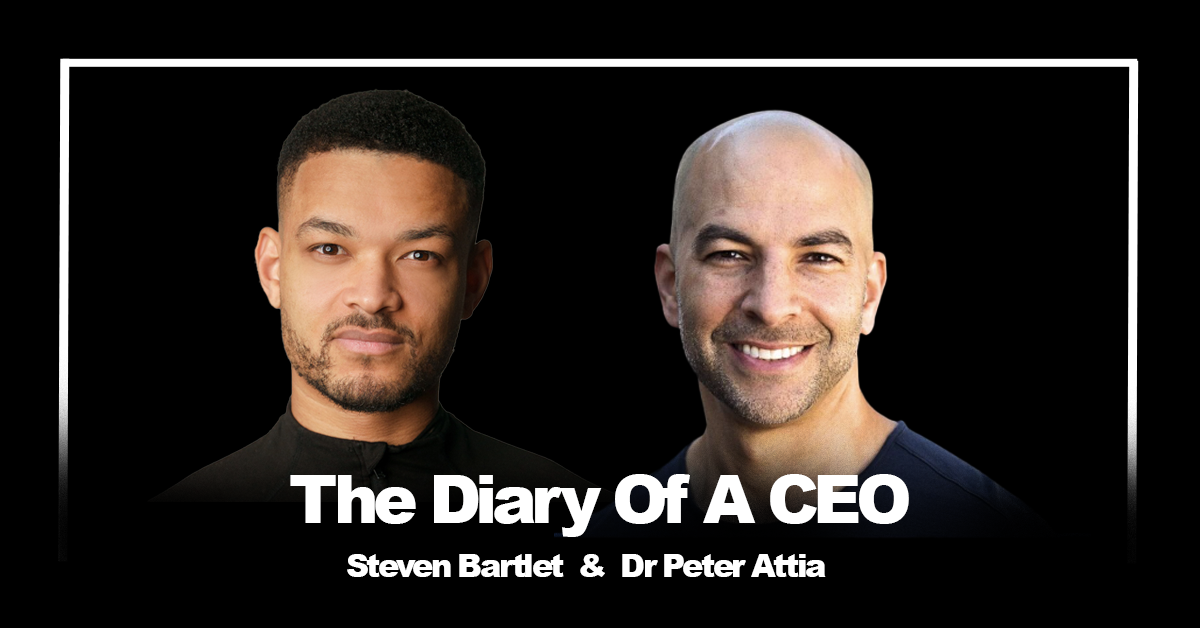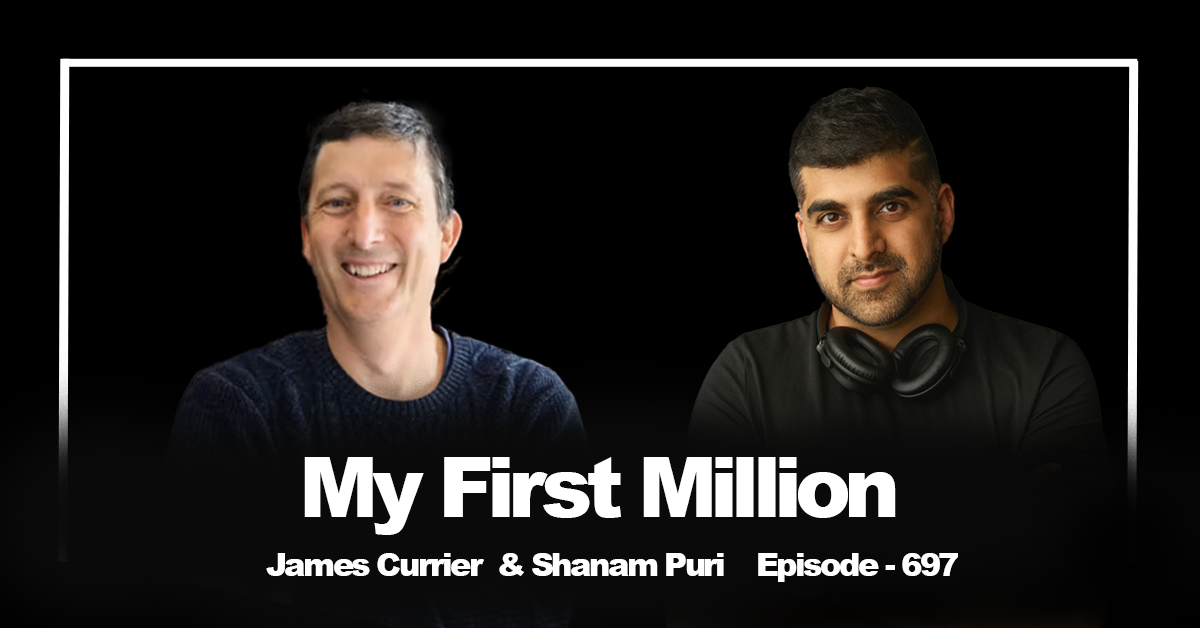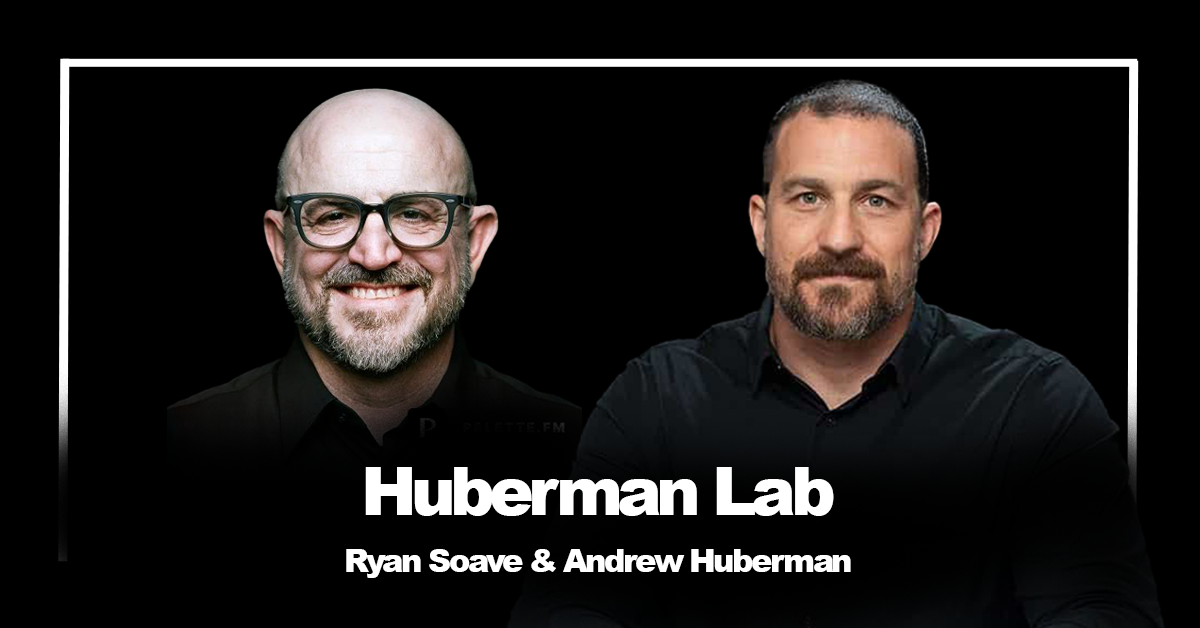This week, Steven sits down with Dr. Peter Attia, a leading physician in the science of longevity and author of the bestseller Outlive. Dr. Attia’s work isn’t just about adding years to your life, but adding life to your years – maximizing your healthspan so you can remain active, strong, and capable well into your later decades.
If you’ve ever worried about the inevitable decline that seems to accompany aging – the aches, pains, loss of function, and inability to enjoy the activities you love – this conversation is essential listening. Dr. Attia provides a powerful framework and actionable, science-backed strategies to take control of your physical future, starting today.
Here are the detailed key insights and takeaways:
1. The Mission: Train for Your “Marginal Decade”
- The Concept: Dr. Attia introduces the “Marginal Decade” – roughly the last ten years of life. The goal is to ensure this period is vibrant and active, not defined by physical limitations.
- The Problem: We often only realize the importance of physical capacity when it starts to decline. Ignoring it early leads to poorer outcomes later.
- The Solution: Be proactive. Train specifically for the physical capabilities you want to possess in that final decade, much like an athlete trains for a specific event.
2. Your Personalized Goal: The “Centenarian Decathlon”
- The Exercise: Define your personal “Centenarian Decathlon.” What are the 10-15 physical tasks most important for you to be able to do in your later years? (e.g., play with grandkids, travel independently, lift groceries, get up from the floor easily, hike, enjoy hobbies).
- The Blueprint: These desired activities break down into underlying physical requirements – strength, stability, mobility, aerobic efficiency, power, etc. (Dr. Attia identifies ~27 fundamental physical requirements). This list becomes your personalized training guide.
3. The Pillars of Longevity & Healthspan
- VO2 Max (Cardiorespiratory Fitness): Arguably the single most important metric for longevity. It measures your body’s maximum oxygen utilization during intense exercise.
- Impact: The difference in all-cause mortality risk between someone in the top 2% for their age and someone in the bottom 25% is staggering (400-500%).
- Measurement: Requires lab testing with a mask during maximal exertion (usually on a treadmill or bike), reported in mL/kg/min.
- Strength: Essential for maintaining muscle mass, preventing frailty, enabling everyday movements, and improving metabolic health.
- Grip Strength: A good, easily measured correlate with overall strength and longevity.
- Dead Hang: A potentially better test, assessing grip, shoulder stability, and endurance relative to body weight.
- Muscle Mass: Crucial for strength, but also acts as the primary “sink” for disposing of glucose, significantly impacting metabolic health and reducing visceral fat storage potential. Declines naturally with age if not actively maintained.
- Stability & Power:
- Stability: Core strength and the ability to control your body under load and during movement. Crucial for preventing injury. Often addressed through specific exercises like DNS (Dynamic Neuromuscular Stabilization).
- Power: Strength applied quickly (Force x Velocity). This is what allows you to react rapidly – e.g., catch yourself if you trip. Declines earlier than strength (Type 2B muscle fibers atrophy first). Trainable via jumping, plyometrics, or specialized equipment.
- Metabolic Health: Efficiently managing blood sugar and utilizing fuel sources (glucose vs. fat). Poor metabolic health (insulin resistance) is linked to numerous chronic diseases. Muscle mass, exercise (especially Zone 2), and nutrition are key levers.
4. Training Strategy: Consistency, Specificity & Safety
- Dr. Attia’s Approach: Trains daily, balancing different types and intensities. Typically 3 days of resistance training (split by body part) and 4 days of cardio (3x Zone 2 for mitochondrial efficiency, 1x high-intensity VO2 Max interval session).
- Resistance Training Focus: Prioritizes the 8-12 rep range, aiming for 1-2 reps “in reserve” (close to failure but not quite). This balances muscle/strength gains with a lower risk of injury compared to very heavy (1-5 rep) lifting, especially when fatigued.
- Warm-ups: Should be specific to the workout. Forget generic treadmill jogs before lifting. Focus on core activation, dynamic movements relevant to the lifts, and movement pattern priming.
- Injury Prevention: Avoid lifting heavy compound movements under significant fatigue. Pay attention to tendon health (e.g., Achilles) – low-level jumping can help maintain pliability. Don’t ignore imbalances (like gait issues) as they lead to repetitive strain.
- Bone Density: Heavy resistance training is crucial for stimulating bone growth and preventing osteoporosis, especially important as we age (and for those identified with low density, like Jack in the episode). Running provides less benefit here.
5. Key Lifestyle Factors & Considerations
- Sleep: Non-negotiable. Poor sleep drastically impairs insulin sensitivity, increases cortisol, impacts hormone production (like testosterone), and drives cravings.
- Testosterone (Men): Declining levels are common, often linked to increased body fat (leading to more estrogen conversion and inflammation) and poor sleep. Address these root causes first.
- Nutrition & Body Composition: Focus on visceral fat (around organs) – it’s more metabolically harmful than subcutaneous fat. Prioritize adequate protein intake (e.g., ~1g per lb of body weight for active individuals) to support muscle maintenance/growth, especially when managing calories.
- Alcohol: No compelling health benefits. Low doses (<15g ethanol/day) seem to have very low toxicity for most, but risk increases with dose. Any perceived benefit at low doses is likely social, not physiological. Be mindful of consumption.
- Flexibility vs. Stability: Often, range-of-motion limitations aren’t just tight muscles but the nervous system restricting movement for safety. Stability training (like DNS) can “unlock” flexibility by teaching the body it’s safe to move into those ranges.
6. Navigating Health Information: Seek Nuance
- The Dunning-Kruger Trap: Be wary of overly simplistic explanations or “single-cause” theories in health advice. The loudest voices aren’t always the most knowledgeable.
- Look for Complexity: True health is multifaceted. Seek out experts who acknowledge nuance, uncertainty, and the complexity of biology.
Final Thought:
Dr. Peter Attia provides a roadmap for taking charge of your aging process. By shifting focus from merely extending lifespan to actively cultivating healthspan through targeted training (your Centenarian Decathlon), optimizing key health pillars (VO2 Max, strength, stability, metabolic health), and making informed lifestyle choices, you can significantly enhance your quality of life for decades to come. It requires effort and consistency, but the payoff – a more vibrant, capable future – is immense.
Want to dive deeper? Listen to the full episode [Link to Podcast Episode] and explore Dr. Attia’s extensive resources at PeterAttiaMD.com.
Stay proactive,
The Podcast Notes Team





